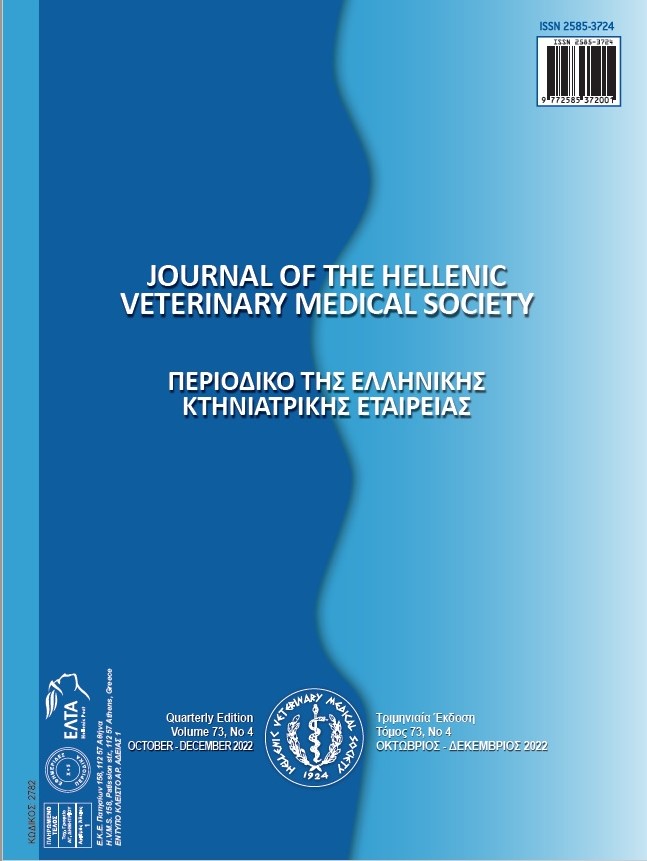Association between colostrum quality, passive transfer of colostral immunoglobulin, and postnatal growth in neonatal calves

Abstract
Calves that receive sufficient colostrum shortly after birth present improved passive immunity vital for optimum calf health and future production. Management practices and the dam's parity can influence colostrum quality and the transfer of immunoglobulins to newborn calves. Cows’ parity is a modulating factor, with increased IgG in older cows, although scarce information exists regarding first- and second-parity cows. This study aimed to determine the impact of parity on colostrum immunoglobulin (IgG) concentration, transfer of passive immunity, postnatal growth, and incidence of diseases in Holstein calves. The study included 60 animals, Holstein cows and their progeny that were distributed into three groups: G1 (first-parity, n=10+10), G2 (second-parity, n=10+10), and G3 (third-parity, n=10+10). The birthweight and sex of the calves were recorded. Immediately after birth, colostrum IgG was determined by colostrometer and refractometry. Blood samples from calves were collected at birth and 48 h of life to determine the transfer of passive immunity (TPI). Subsequently, the incidence of diseases, daily liveweight gain, and mortality were recorded weekly up to weaning. Birth weight tended to differ among groups (G1:33.0±0.9; G2 38.1±2.5; G3:38.3±1.4 kg; p=0.07). IgG concentration in colostrum at birth was greater (P < 0.05) in G3 than in G1 and G2, independently of the method used. Serum immunoglobulin concentration at birth was similar (P > 0.05) among groups, but at 48 h was higher (P < 0.05) in G3 calves. Postnatal growth and weaning weight did not differ among groups (P > 0.05). Calves of all groups presented diarrhea (P > 0.05). Two calves died, one from G1 and one from G2, with no mortality rate differences (P > 0.05) among groups. In conclusion, the older the cows, the higher the colostrum IgG concentration, increasing the passive immunity transfer in calves. The birth weight of calves among groups tended to differ, but the postnatal growth performance was similar. These results warrant more research to determine whether the reduced colostrum quality produced by first- and second-parity cows does not negatively affect the calves' post-weaning performance and age at first pregnancy.
Article Details
- How to Cite
-
García-Mendoza, A., Vega-Manríquez, D., Cuevas-Reyes, V., Flores-Najera, M., Almendarez-Navarro, F., Félix Santiago, E., Vázquez-García, J., Ballesteros-Rodea, G., Sims, R., Mellado, M., & Rosales-Nieto, C. (2025). Association between colostrum quality, passive transfer of colostral immunoglobulin, and postnatal growth in neonatal calves. Journal of the Hellenic Veterinary Medical Society, 75(4). https://doi.org/10.12681/jhvms.37201
- Issue
- Vol. 75 No. 4 (2024)
- Section
- Research Articles

This work is licensed under a Creative Commons Attribution-NonCommercial 4.0 International License.
Authors who publish with this journal agree to the following terms:
· Authors retain copyright and grant the journal right of first publication with the work simultaneously licensed under a Creative Commons Attribution Non-Commercial License that allows others to share the work with an acknowledgement of the work's authorship and initial publication in this journal.
· Authors are able to enter into separate, additional contractual arrangements for the non-exclusive distribution of the journal's published version of the work (e.g. post it to an institutional repository or publish it in a book), with an acknowledgement of its initial publication in this journal.
· Authors are permitted and encouraged to post their work online (preferably in institutional repositories or on their website) prior to and during the submission process, as it can lead to productive exchanges, as well as earlier and greater citation of published work.



